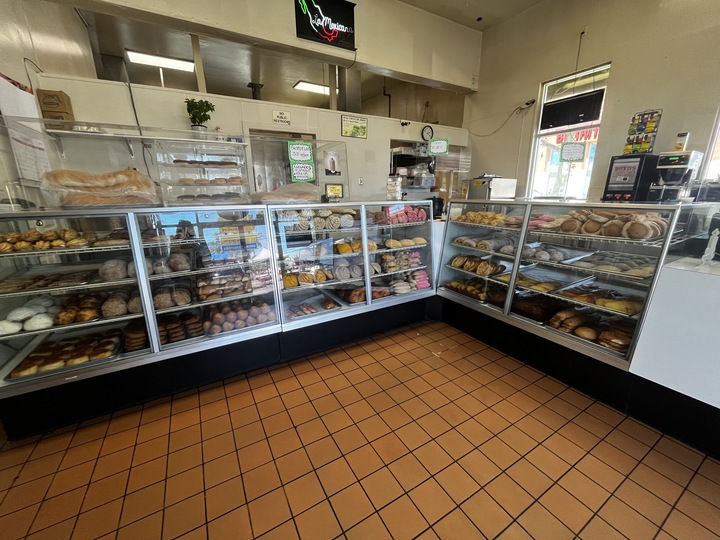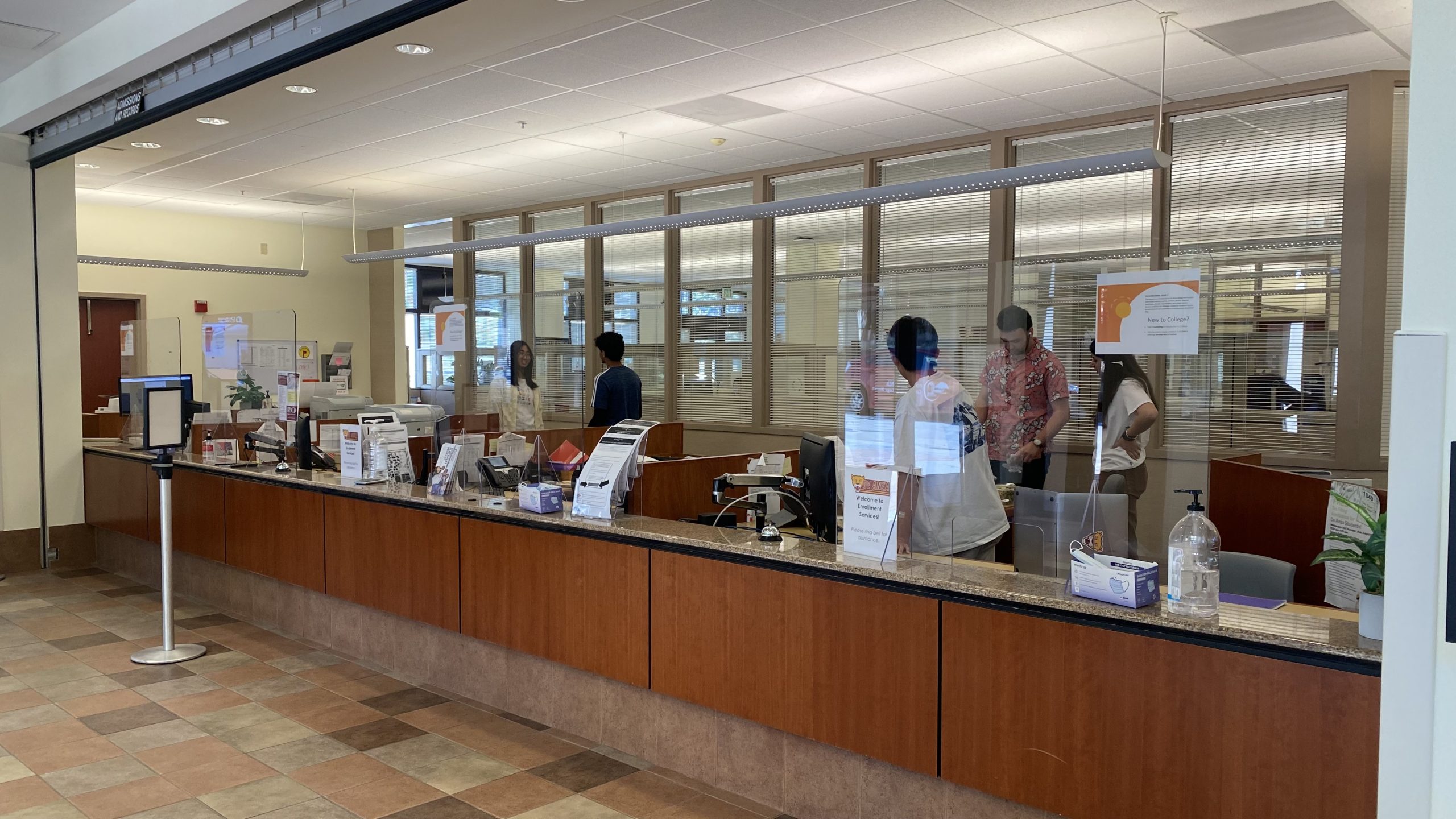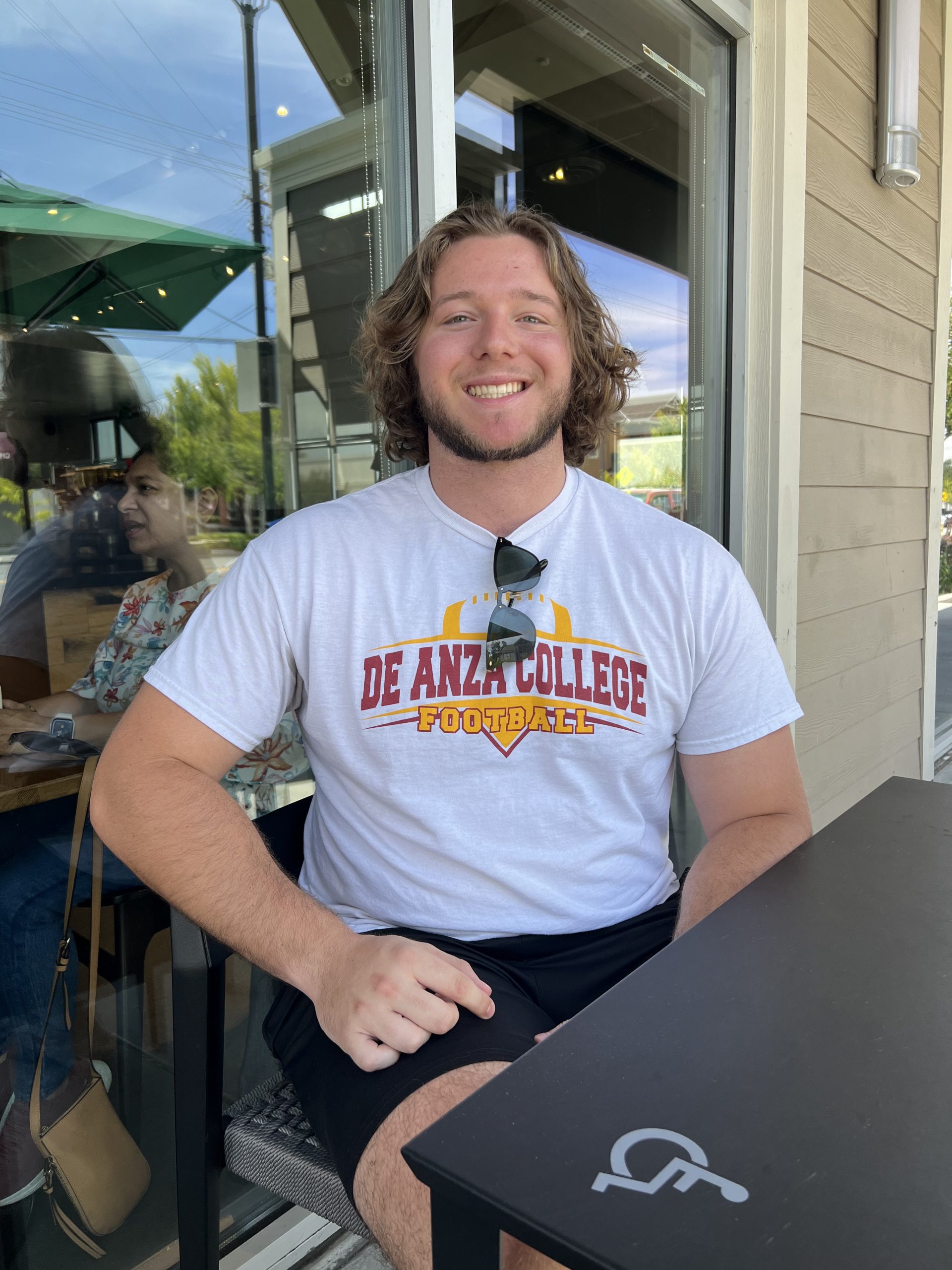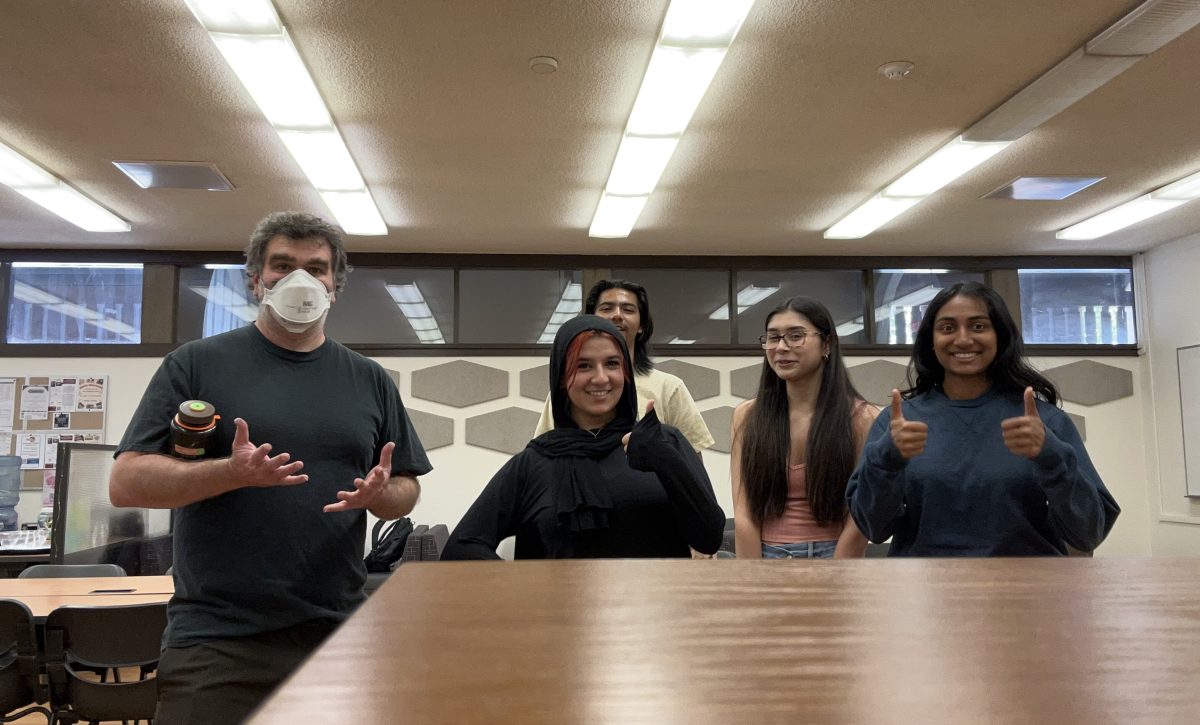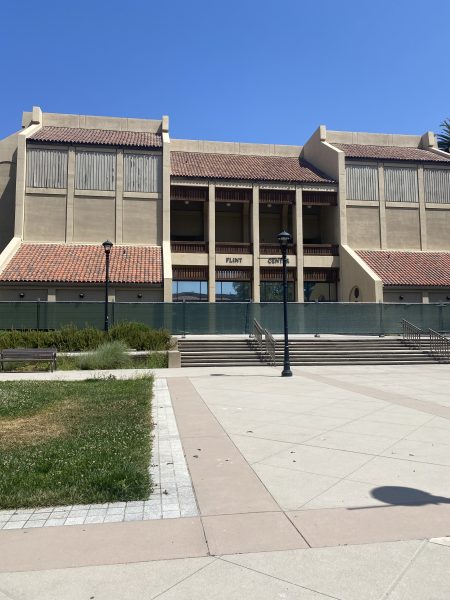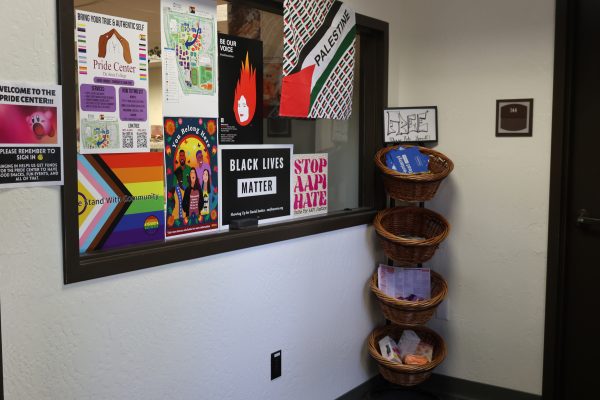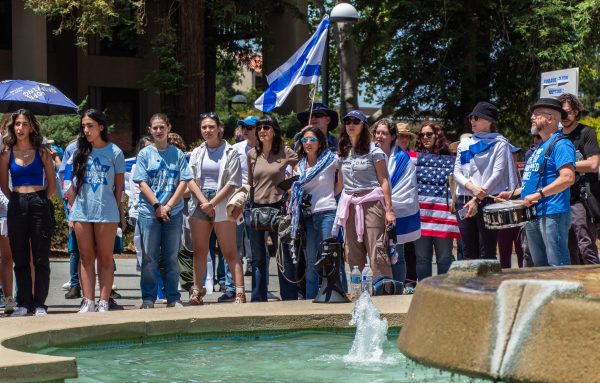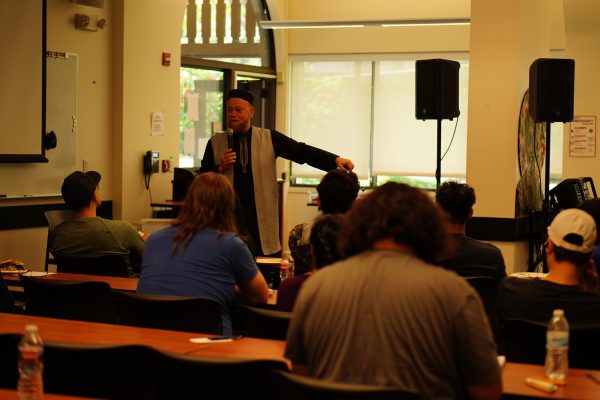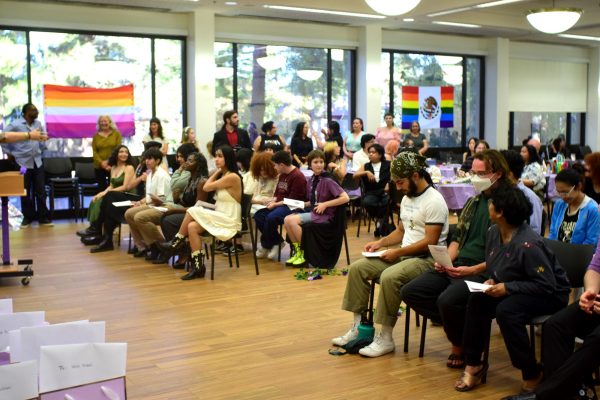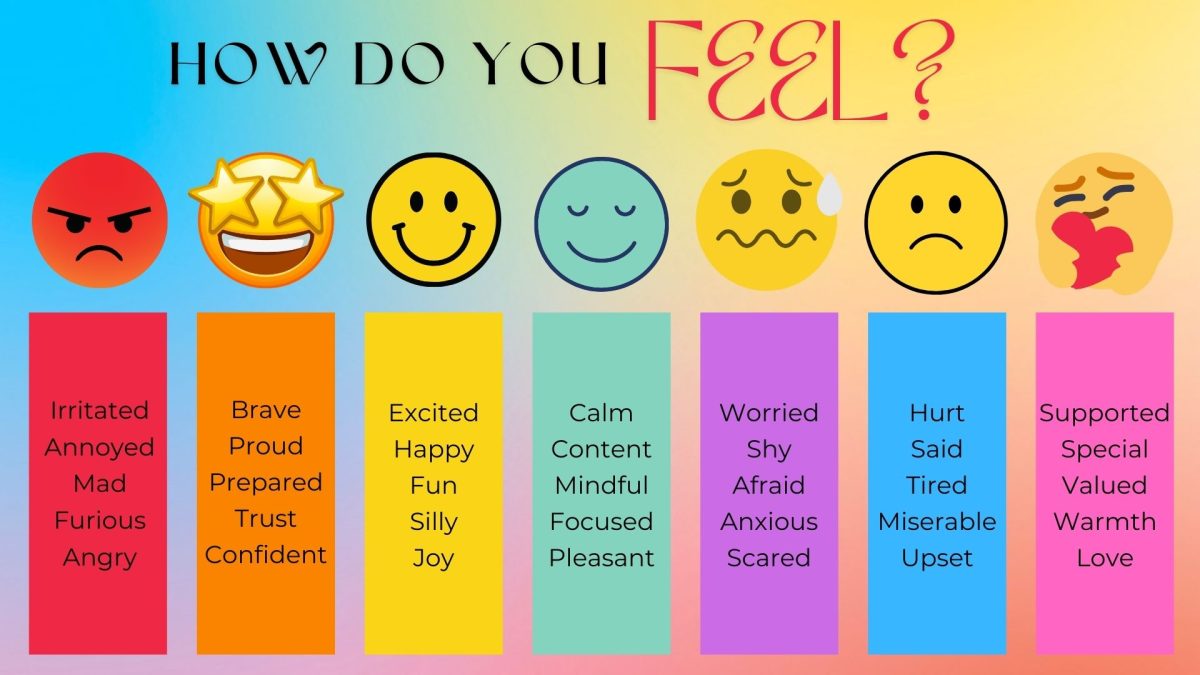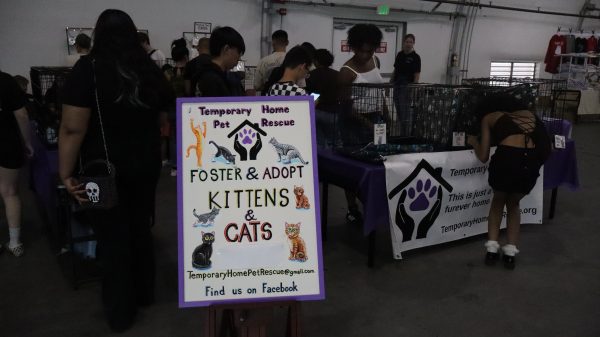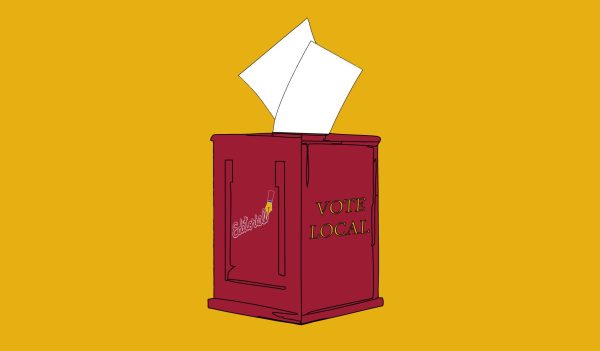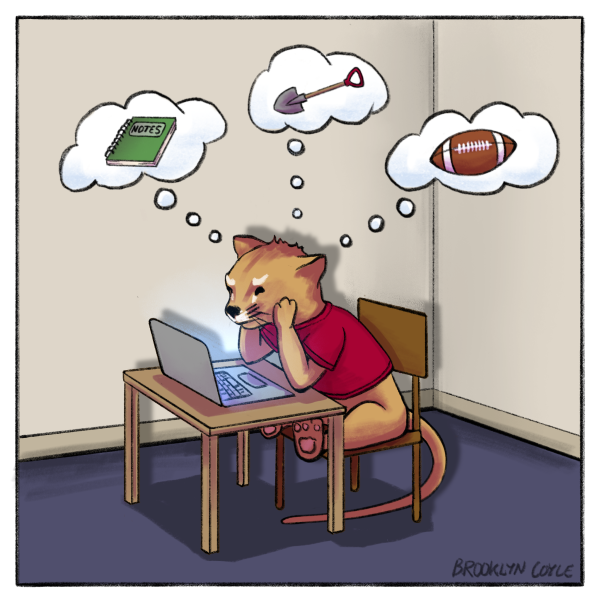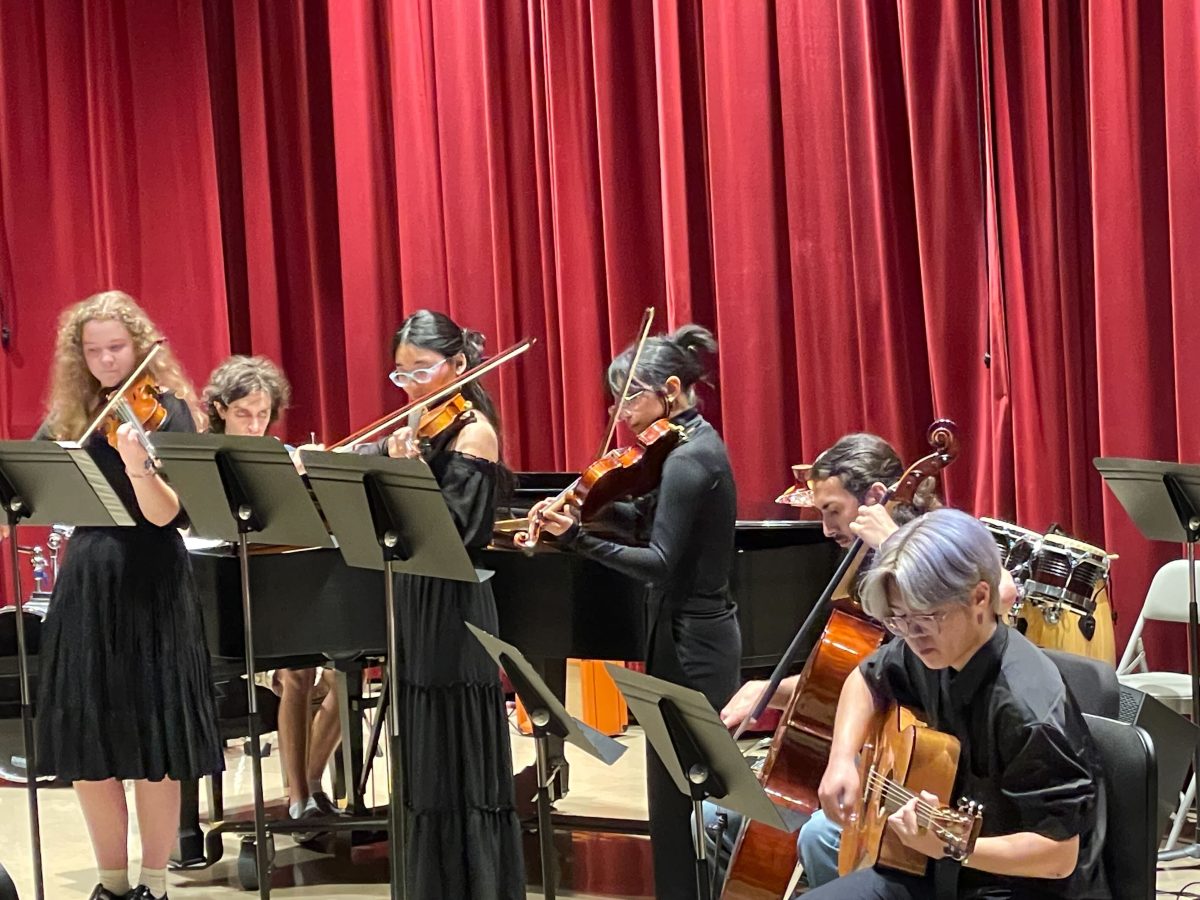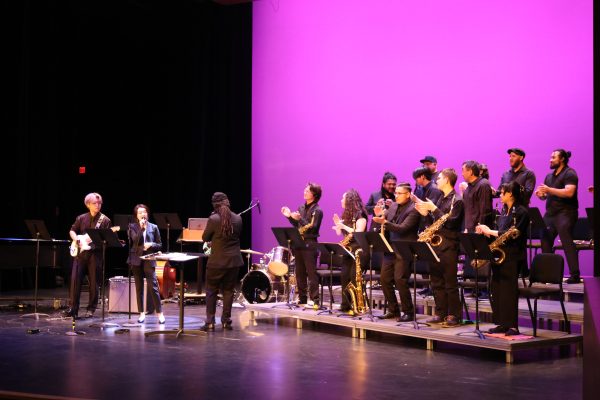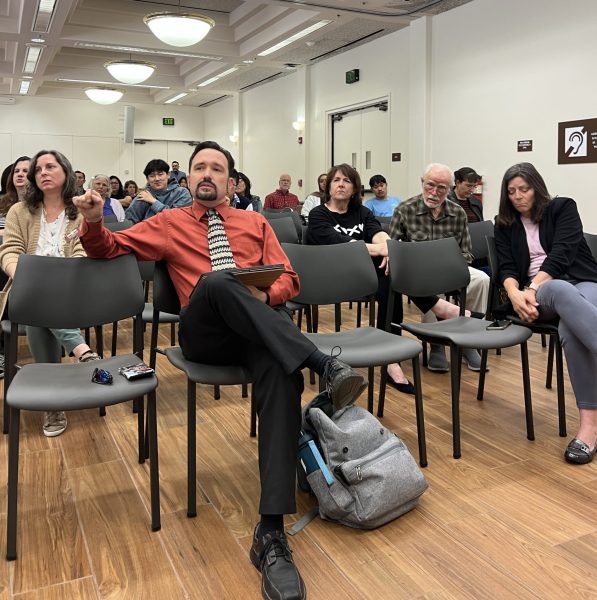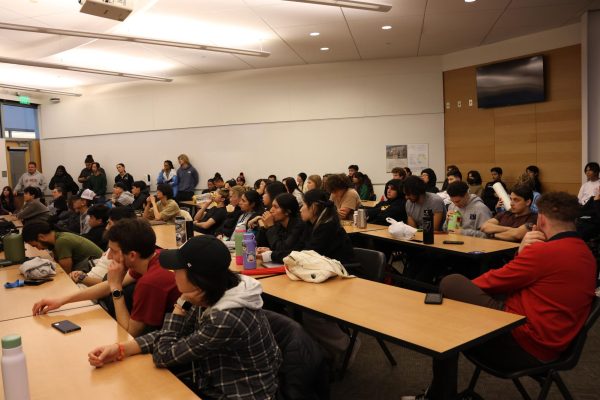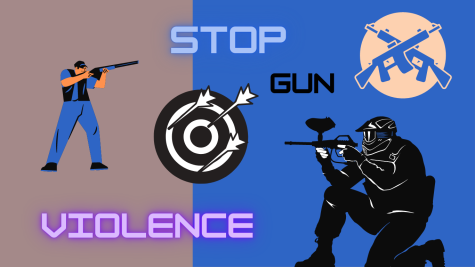Media coverage trends help desensitize us to violent crimes
November 8, 2018
School shooting have become a reoccurring horror film for us and due to news stories and media covering them all in the same way, school shootings are beginning to feel normalized.
When Butler High School in Mathews, North Carolina experienced an on campus shooting on Oct. 29, resulting in the death of a student, administration decided to continue classes after the shooting, showing the normalization of these shootings.
According to psychology today, media amplifies and normalizes this violence by doing 5 things: naming the shooter, describing the characteristics, detailing the crime, numbering the victims and ranking the attacker against other “successful” attackers.
The argument that highly publicized stories of violence can help promote copycats, especially with teenagers and young people, was also proven in a study conducted by David Phillips, a sociologist at the University of California at San Diego in 1974.
The way media is covering these crimes is causing attackers to almost seem glorified. In 2013 the suspected Boston Bomber Dzhokhar Tsarnaev appeared on the cover of the Rolling Stone Magazine as if they were awarding him for the attack.
Media coverage like this desensitizes us from the crime by humanizing the violence, eventually making it a normal thing to watch on the news.
The way media covers school shootings help desensitize us from the reality. We see news stories and media coverage on a shooting and think “again?” because media coverage is promoting this in the way they discuss and detail the shooting, attacker and the victims.



